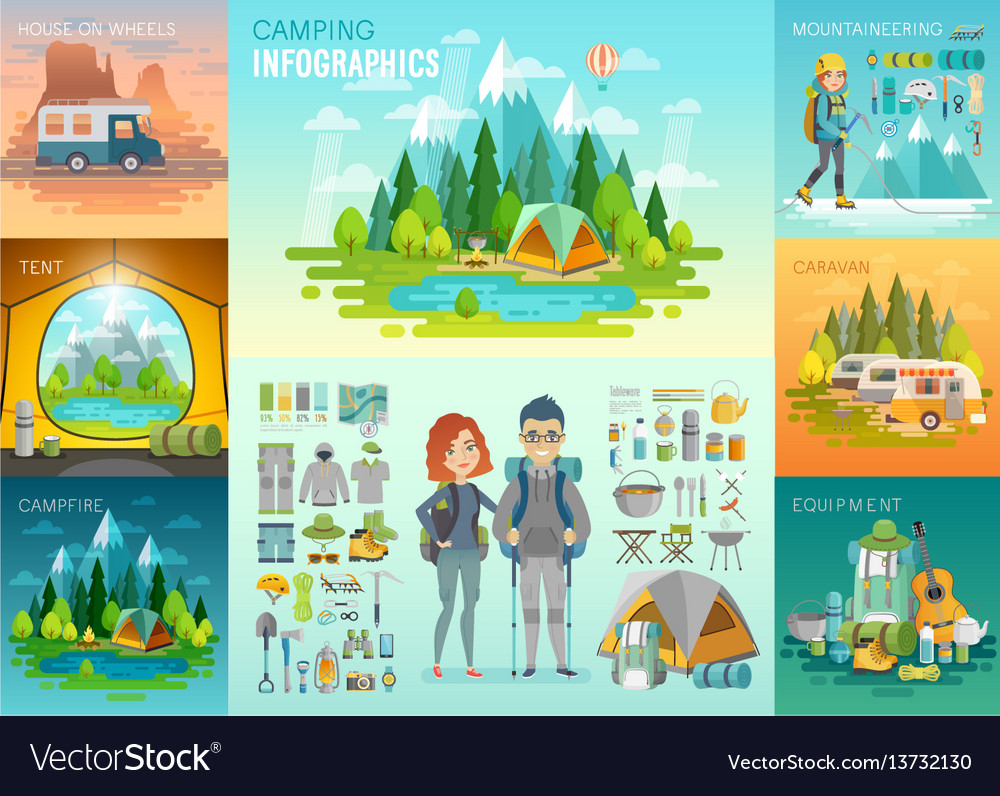Common Ventilation Mistakes To Avoid
The Evolution of Wall Surface Outdoor Tents Framework StyleAs camping evolved to reflect a wider social shift towards mindfulness and sustainability, camping tent design did the same. Whether it's via user-friendly configuration remedies or the application of Fitts' Regulation, contemporary outdoor tents style continues to introduce and expand camper's options for exterior exploration.
The wedge camping tent, likewise referred to as a wall camping tent, can be built by erecting the ridgepole atop upright poles and loosely staking down each side. This enables more living and moving room than an A-frame outdoor tents.
The A-Frame
Among one of the most legendary tent layouts is a standard A-frame. This structure takes its name from its roofline, which resembles the capital letter A. This form creates a vaulted ceiling that provides an open, spacious feeling inside the home. The sloping walls likewise make second-level loft areas optimal for sleeping.
In the past, a good scout could set up a canvas A-frame outdoor tents in two minutes or less. A contemporary A-frame cabin can use the same simplicity of installment, but with far better climate protection and even more usable area.
A-frames are a fantastic example of functional design, which highlights decreasing the complexity of a product to make sure that it can be more easily comprehended and utilized. Today, UI/UX designers utilize this concept to craft intuitive interface that enable individuals to accomplish their objectives with optimal performance. This method mirrors the A-frame's origins as a remedy to human requirements. The simplicity of A-frames also shows a desire for exterior experiences that stabilize technical development with a much deeper link to nature.
The Wedge
Whether you are new to wall surface outdoors tents or are an experienced camper, choosing the right frame for your canvas sanctuary can seem like a frustrating experience in the beginning. With numerous options for textile, frameworks and levels of security from the aspects to take into consideration, you can conveniently get lost in a sea of jargon.
Thankfully, browsing the globe of wall camping tents does not have to be so daunting. We've created our own system to help you simplify your choices. With our straightforward Wedge model, we've eliminated the demand for complicated material and frame selections so you can spend more time enjoying your journey and much less time stressing over your shelter.
The Baker
The baker camping base camp tent is a changed lean-to style camping tent. It is a really flexible and helpful sanctuary that can be zipped tight against the components or opened to allow in the warmth of a reflector campfire. The baker was the tent of option of many logging camps and wild canoe adventurers in the 1800's. The baker tent likewise gained prestige in the early 1900's when nationally recognized outside writer Horace Kephart utilized a baker camping tent at his well-known base camp on Dicks Creek in North Carolina.
Picking the right internal framework, tube size and manufacture is a crucial consider figuring out the stamina of your wall surface camping tent and how it will certainly handle altering weather. Additionally, a significant part of your wall tent's durability and functionality is identified by the treatment that it has actually undergone. Bravo's bonded steel interior frames are built making use of exceptional 1 3/8 inch galvanized tubing and sturdy welded angle sets that are supported for additional strength.
The Whelen
In a time of enhancing automation and urbanization, outdoor camping was a stepping back to standard nature recognition. It offered a possibility to appreciate blemishes in materials and crookedness of the landscape, to embrace the transience of everyday rhythms of increasing, relocating, sleeping, and resting, and to get in touch with the environment at an exceptionally human level.
Early outdoor tents designs were crafted with an eye to economic climate of room and weight, yet we have seen a desertion of these traditional concepts towards bigger, gangly styles that take longer to set up, call for more mindful planning of the impact, and offer less in regards to climate protection. In this way, the modern outdoor tents reflects a societal shift away from technical development and towards mindfulness, sustainability, and recognition for an extra environment. Similar to tents, UI/UX layout is also fixated meeting human needs. Fitts' Legislation, for example, shows us to prioritize the dimension and distance of interactive components in order to facilitate quicker and more reliable individual communications.
